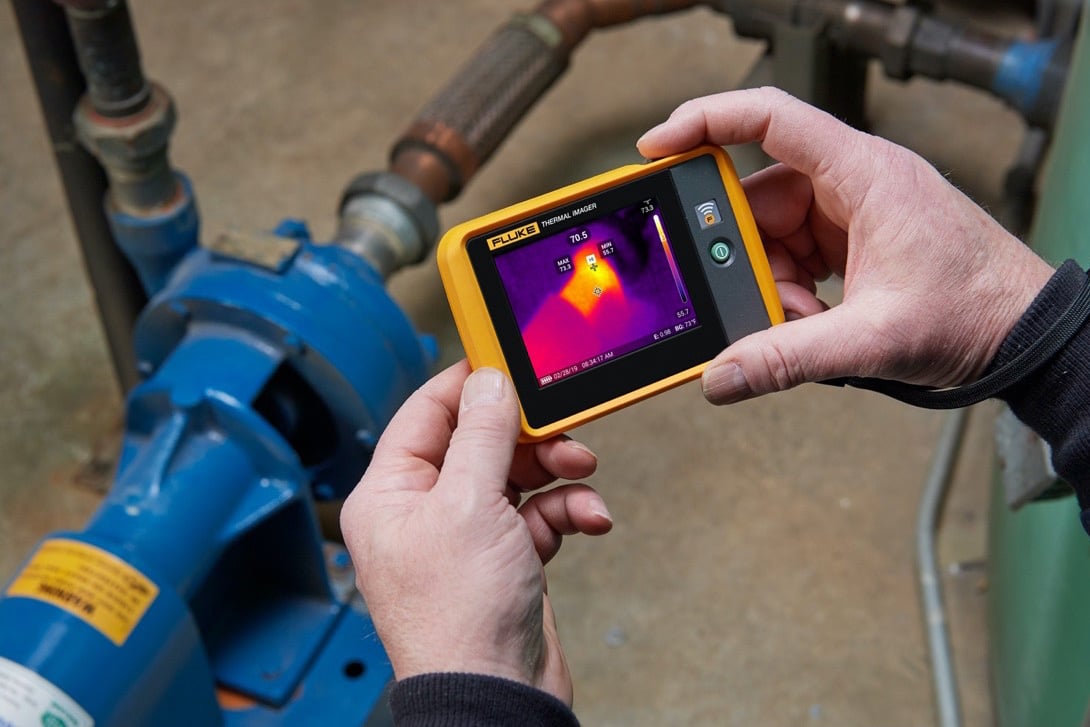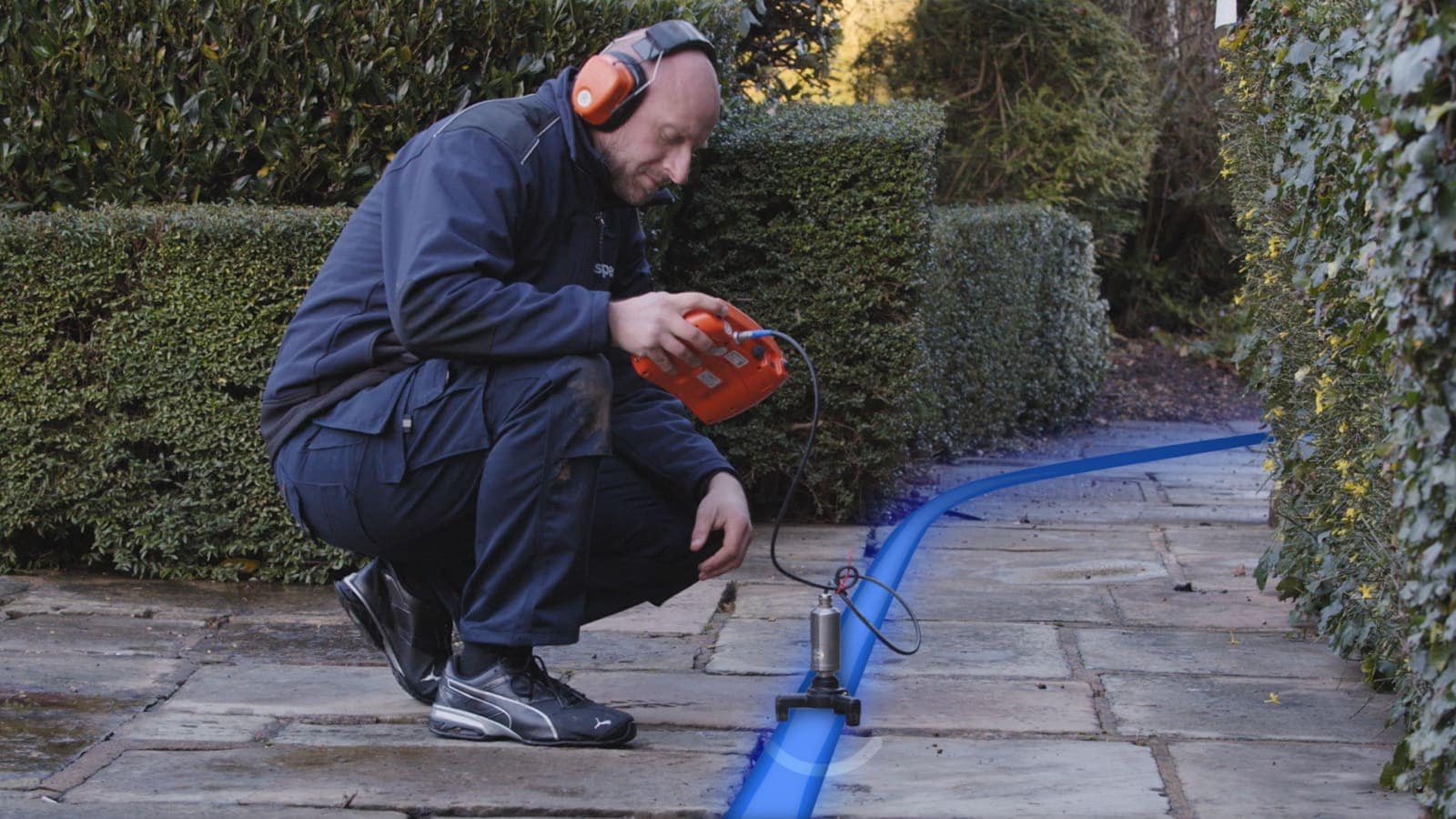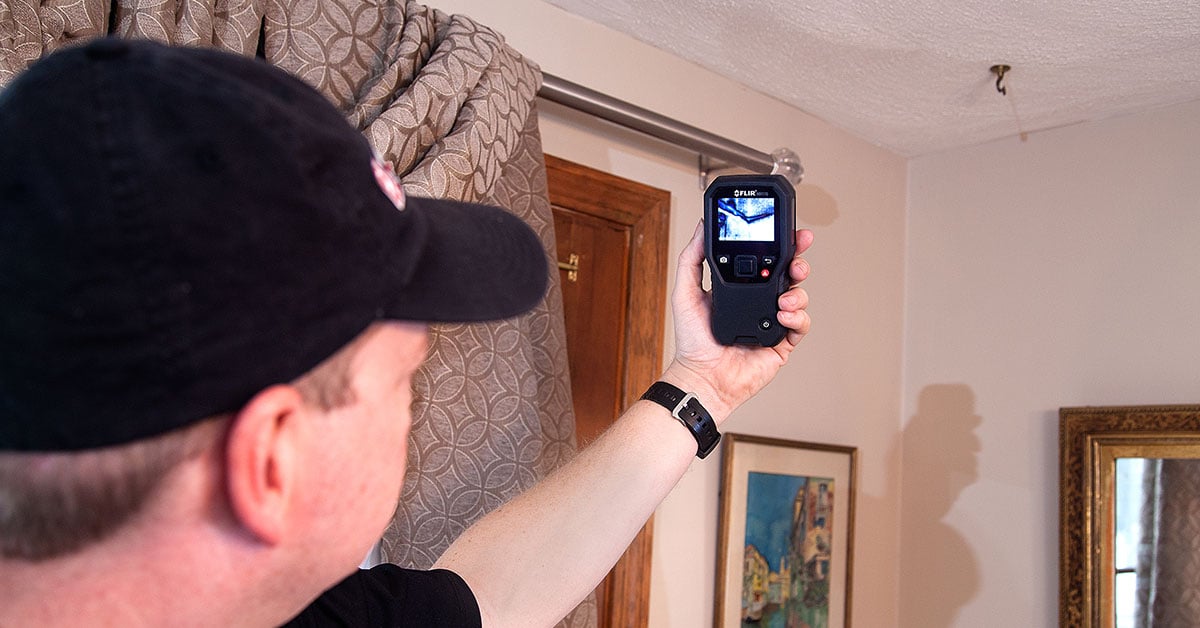Professional Water Leak Detection Services: Secure Your Home from Pricey Damages
Ingenious Solutions for Early Detection of Water Leakages in Buildings and Framework
From sophisticated leakage detection technologies to the implementation of IoT sensors for real-time surveillance, the landscape of leakage avoidance is developing quickly. Automated water flow analysis systems are improving just how leakages are identified and dealt with, paving the means for an aggressive method to water leakage discovery.
Advanced Leakage Discovery Technologies
Advanced leakage discovery innovations, geared up with advanced sensors and algorithms, play an important function in swiftly identifying and determining water leaks in various settings. These modern technologies utilize a combination of acoustic, thermal, and electromagnetic sensing methods to discover leakages precisely. Acoustic sensing units find the audio of running away water, permitting exact localization of the leak resource. Thermal imaging spots temperature level changes caused by water leakage, offering another reliable technique for leak recognition. Electro-magnetic sensors can recognize modifications in electromagnetic areas triggered by water, providing yet an additional layer of leakage detection capacity.

IoT Sensors for Real-Time Surveillance
In the world of modern-day water leakage discovery, the assimilation of IoT sensing units for real-time surveillance represents a critical improvement in enhancing positive leakage detection abilities. These sensors supply constant surveillance of water systems, supplying real-time information on water flow prices, stress variants, and temperature modifications. By leveraging IoT technology, these sensors can find even the smallest abnormalities in water use patterns, enabling early identification of potential leaks prior to they rise into significant issues.
IoT sensors transfer information to a central system, where sophisticated algorithms evaluate the info and create alerts or notifications when irregularities are found. This real-time tracking capacity permits homeowner or center supervisors to without delay attend to leakages, minimizing water damage, decreasing repair work expenses, and conserving water resources.
Furthermore, IoT sensing units can be integrated with structure monitoring systems, enabling automated feedbacks to identified leaks, such as shutting down water shutoffs or triggering pumps to alleviate the impact of leakages. On the whole, the implementation of IoT sensing units for real-time tracking considerably boosts the performance and effectiveness of water leakage detection in buildings and facilities.
Artificial Intelligence Algorithms for Leak Forecast

One trick benefit of making use of artificial intelligence for leakage prediction is its capability to continually find out and boost its accuracy with time. As even more information is accumulated and fed right into the algorithm, it can improve its forecasts and adapt to changing conditions, inevitably boosting the integrity of leak discovery systems.
Additionally, machine knowing algorithms can help in determining refined signs of leaks that might go undetected by typical monitoring approaches. water leak detection. By analyzing complicated information collections in real-time, these formulas can supply very early warnings and alerts, permitting prompt intervention and precautionary upkeep to reduce possible water damage and associated expenses
Making Use Of Thermal Imaging for Leak Detection
Thermal imaging modern technology supplies an appealing approach for identifying water leaks in different systems and infrastructures. By utilizing infrared radiation and temperature level differences, thermal imaging electronic cameras can identify covert leaks that are not easily visible to the nude eye.
One of the essential advantages of thermal imaging for leakage discovery is its non-intrusive nature. On the whole, the use of thermal imaging modern technology boosts the effectiveness and precision of water leakage discovery, making it an important device for preserving the integrity of structures and frameworks.
Automated Water Flow Analysis Systems
Just how can automated water flow evaluation systems change the detection and management of leaks in various systems and frameworks? Automated water circulation evaluation systems supply a positive method to leakage detection by continuously keeping an eye on water flow prices and patterns. By link establishing baseline data, these systems can promptly recognize variances that may suggest a leak, making it possible for punctual intervention to protect against comprehensive damages.
These systems use advanced algorithms to analyze real-time information and provide instant signals when abnormalities are spotted, enabling swift action to be taken. Furthermore, automatic water flow evaluation systems can be incorporated with structure monitoring systems or IoT systems, enhancing general performance and making it possible for remote tracking abilities.
Additionally, the information collected by these systems can be used see here for anticipating upkeep objectives, assisting to identify potential weak points in the framework before leakages occur. Overall, the execution of computerized water circulation analysis systems can substantially boost leak discovery and administration methods, eventually leading to set you back financial savings, reduced water wastefulness, and raised sustainability in structures and facilities.

Verdict
To conclude, the combination of advanced leakage discovery technologies, IoT sensors, artificial intelligence formulas, thermal imaging, and computerized water circulation evaluation systems uses innovative remedies for very early discovery of water leaks in structures and infrastructure. These technologies enable real-time tracking, forecast of leakages, and reliable discovery techniques to avoid water damage and wastage. Executing these options can help in keeping the integrity and sustainability of water supply in different setups.